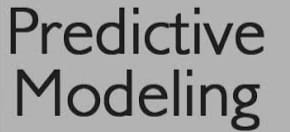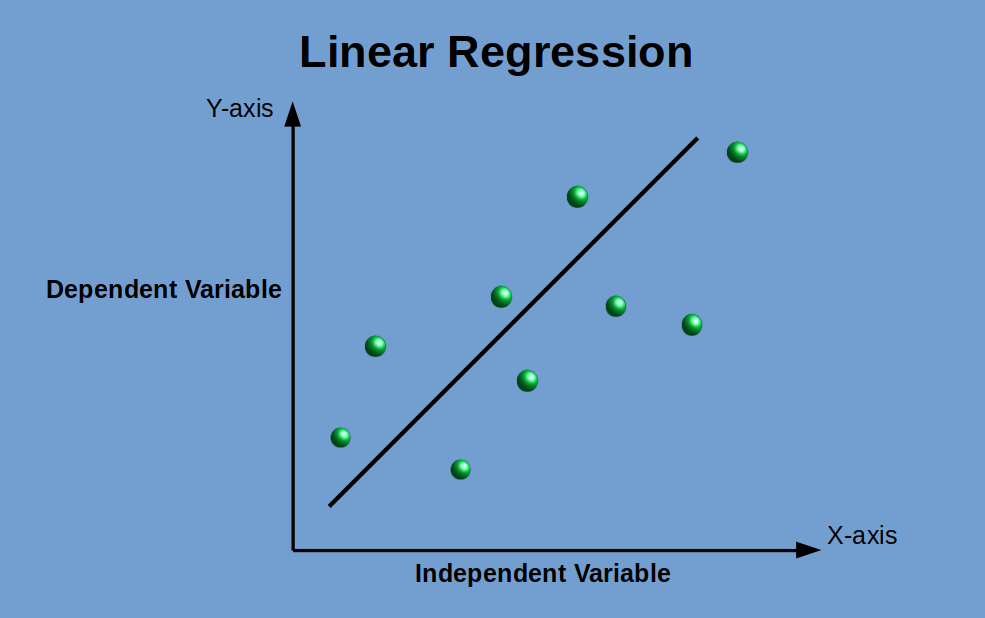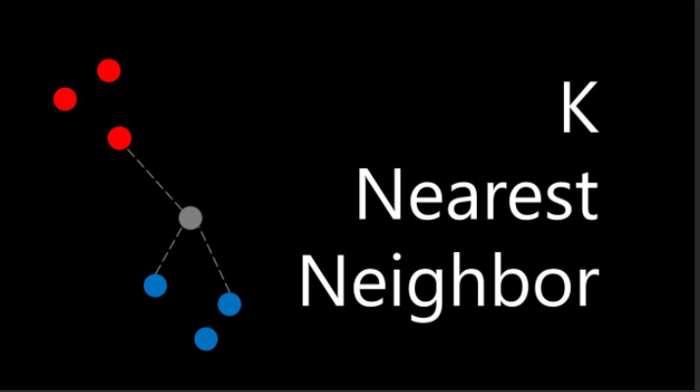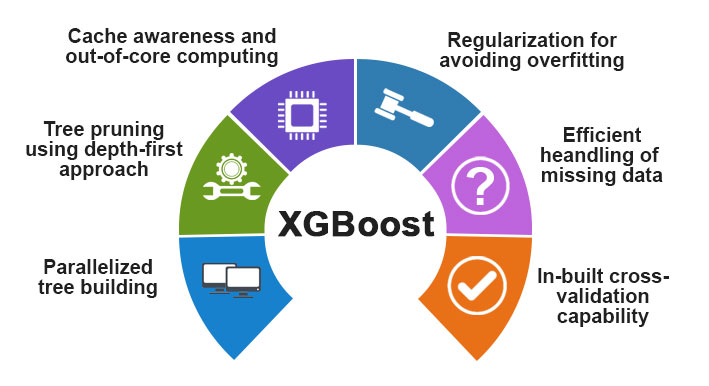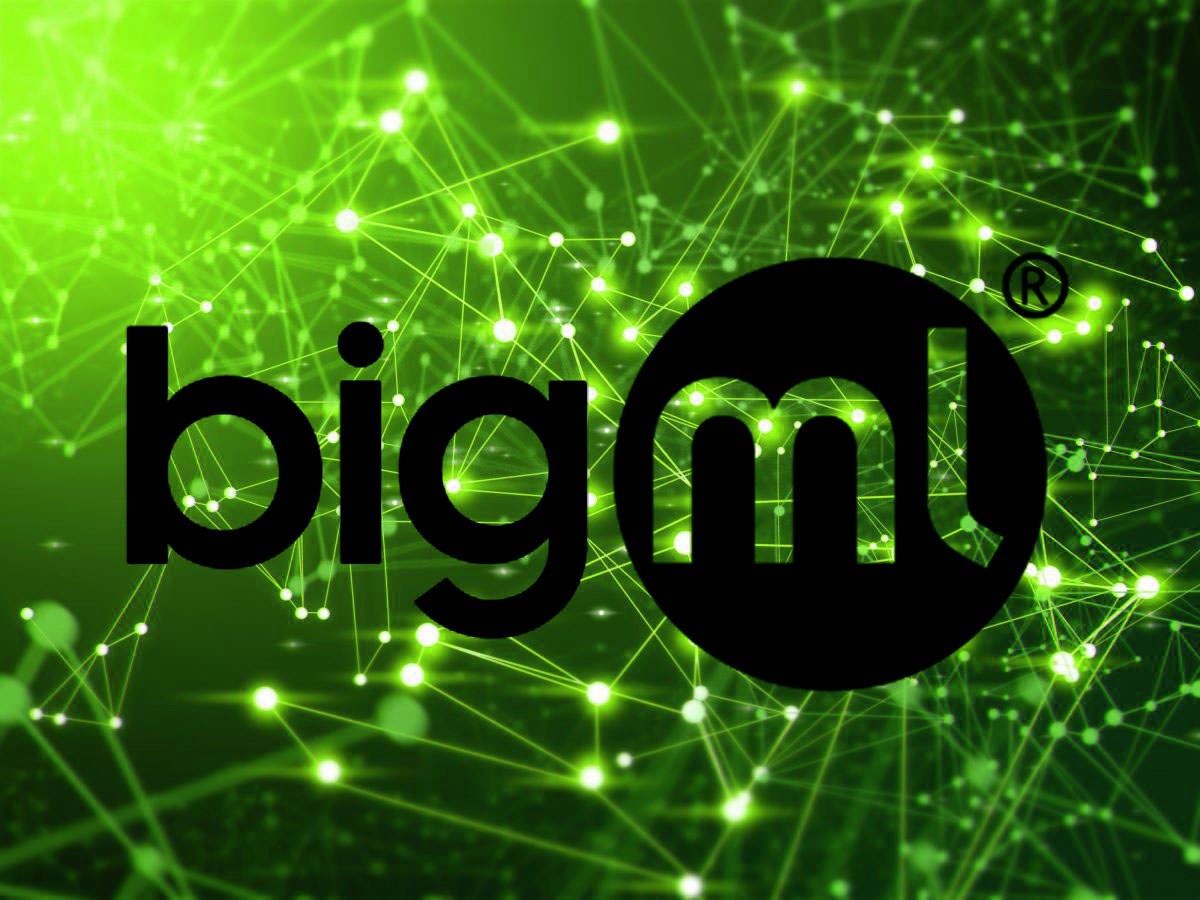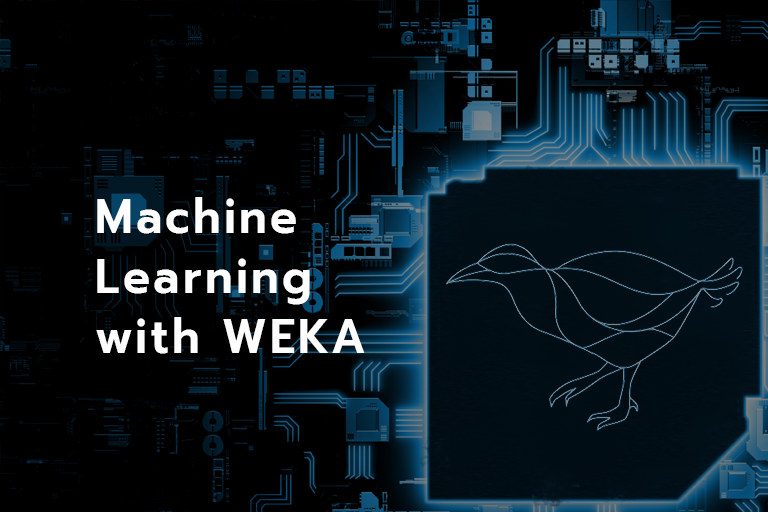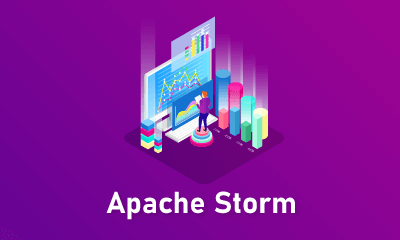Description
Introduction
Predictive modeling is a core aspect of data science and machine learning, focusing on using historical data to make predictions about future events. In this course, you will learn how to apply Python’s powerful libraries to build predictive models for both regression and classification problems. Regression problems involve predicting continuous values (e.g., house prices), while classification problems are about predicting categorical outcomes (e.g., email spam detection). Using Python tools like Scikit-learn, Pandas, and Matplotlib, you’ll learn how to preprocess data, choose appropriate algorithms, evaluate model performance, and fine-tune models for improved accuracy.
Prerequisites
- Basic knowledge of Python programming.
- Understanding of machine learning fundamentals (supervised learning).
- Familiarity with data manipulation and analysis using Pandas.
- Basic understanding of statistical concepts, including mean, variance, and correlation.
- A working Python environment with necessary libraries (e.g., Scikit-learn, NumPy, Matplotlib).
Table of Contents
- Introduction to Predictive Modeling
1.1 What is Predictive Modeling?
1.2 Types of Predictive Problems: Regression vs. Classification
1.3 Overview of the Predictive Modeling Process - Data Preprocessing for Predictive Modeling
2.1 Understanding and Cleaning Data
2.2 Handling Missing Data and Outliers
2.3 Feature Engineering and Transformation
2.4 Splitting Data into Training and Testing Sets - Linear Regression for Predictive Modeling
3.1 Introduction to Regression Problems
3.2 Building a Linear Regression Model with Python
3.3 Evaluating Model Performance (MSE, RMSE, R-squared)
3.4 Regularization Techniques: Lasso and Ridge Regression - Logistic Regression for Classification Problems
4.1 Introduction to Classification Problems
4.2 Building a Logistic Regression Model
4.3 Performance Metrics for Classification (Accuracy, Precision, Recall, F1-score)
4.4 Handling Imbalanced Datasets in Classification - Decision Trees and Random Forests
5.1 Understanding Decision Trees for Regression and Classification
5.2 Building and Tuning Decision Trees in Python(Ref: Data Engineering with Python: Automating Data Workflows)
5.3 Random Forests: Bagging for Improved Accuracy
5.4 Feature Importance and Model Interpretation - Support Vector Machines (SVM) for Classification
6.1 Introduction to Support Vector Machines
6.2 Building an SVM Classifier in Python
6.3 Evaluating SVM Performance and Hyperparameter Tuning
6.4 SVM for Non-Linear Classification with Kernel Trick - K-Nearest Neighbors (KNN)
7.1 Overview of KNN for Classification and Regression
7.2 Building KNN Models and Choosing the Right ‘K’
7.3 Hyperparameter Tuning and Model Evaluation - Naive Bayes Classifier
8.1 Introduction to Naive Bayes for Classification
8.2 Types of Naive Bayes Models (Gaussian, Multinomial, Bernoulli)
8.3 Implementing Naive Bayes in Python for Text Classification - Evaluating Model Performance
9.1 Cross-Validation and Grid Search
9.2 Comparing Regression and Classification Models
9.3 Metrics for Model Evaluation and Model Comparison - Advanced Topics and Model Tuning
10.1 Hyperparameter Tuning with GridSearchCV and RandomizedSearchCV
10.2 Overfitting and Underfitting in Predictive Models
10.3 Ensemble Methods: Boosting and Bagging
10.4 Model Interpretation and Explainability - Deploying Predictive Models
11.1 Model Serialization and Saving with Pickle
11.2 Building a Predictive Web Application with Flask
11.3 Integrating Models into Production Pipelines
Conclusion
Predictive modeling with Python provides data scientists with the tools to solve complex business problems through data-driven insights. By mastering regression and classification models, along with evaluation techniques and model optimization, you can develop high-performance models that make accurate predictions. This course equips you with the practical skills to build, deploy, and maintain predictive models in real-world scenarios, whether you’re working in finance, healthcare, marketing, or any other data-driven industry.



